Exact answer: After 24 hours
Piercing is a growing trend among beauty enthusiasts and influencers. It is an act of body modification where a part of the body is pierced with a metal ring. Nose and ear piercings are the most common variant of this trend. However, people also pierce other parts of their bodies including their lips, navel, etc.
Usually, there is some form of jewelry used to bejewel the pierced area. A ring or a stud is the most commonly used. Generally, after a fresh piercing, the individual in question has to take special care of the pierced area. This implies abstaining from water and swimming.
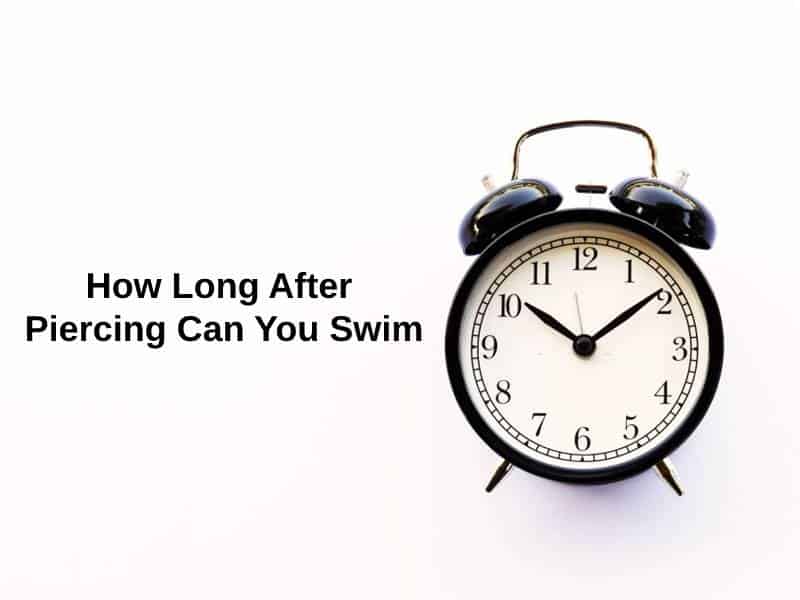
How Long After Piercing Can You Swim?
Medical professionals advise that an individual must refrain from swimming for at least 24 hours after a fresh piercing. However, this is more of a lower limit than a really exhaustive guide to avoiding contact of the pierced area with water. Ideally, one must wait to swim until the wound has completely healed. The actual time frame for avoiding contact with water will be dependent on the area of the piercing as well.
Usually, the time taken by the area that has been pierced to completely heal is different. Piercings on the ear lobe can take up to 6 to 8 weeks to completely heal, while navel piercings can take up to a year to heal completely. Tongue piercings take from 2 to 4 weeks to dry completely. However, nose piercings can take up to 6 months to heal.
This implies that the time frames for each kind of piercing to completely dry and heal will inevitably be different. As a result, swimming is not advisable until these particular time frames are met vis-à-vis a particular individual’s pierced area. Moreover, the body of each individual heals differently, thus for some healing may be faster or slower than others.
Similarly, the time frames can also vary in accordance with where the individual proposes to swim. Swimming in pools is a much safer option for someone who has a fresh piercing and does not want to wait weeks and months for it to completely dry. Whereas swimming in the ocean, streams, and lakes may be more complicated and dangerous for the same individual.

In Summary:
| Region Pierced | Preferred Time Frame for Swimming Abstinence |
| Ear Lobe | 6 to 8 weeks |
| Nose | 6 months |
| Navel | One year |
| Tongue | 2 to 4 weeks |
Why Do You Have To Wait So Long After Piercing to Swim?
Piercing any part of the body essentially means creating an open wound in the region. Thus, any piercing needs to be treated as an open wound and one has to take the same precautions as applicable to a wounded region of the body.
This implies that the area of the piercing will be more susceptible to infections. Inability to keep the place dry during the days or weeks it takes to heal will cause severe infections to form in the region. Water is known to cause the formation of pus and infest the region of an open wound with bacteria. Therefore, one must avoid contact of the pierced area with water- thereby avoiding swimming until the area heals completely.
Different pierced regions heal within different time frames because of the thickness of the skin and cartilage present in the region. The thicker the pierced region, the more time it will take to dry completely. Thus, pierced regions like one’s ear lobe and nose need more time to heal.
When you opt for swimming with a fresh piercing you are essentially surrounding the wound with bacteria-infested waters. The chances of contracting an infection in such a situation will be higher than normal.

Moreover, if the person opts for swimming in a pool, the possibility of contracting a bacterial infection may be lower as pools use chlorinated water. However, places like the oceans, lakes, and streams do not have clean, chlorinated water. They are the breeding grounds of various microbial contaminants.
The best yardstick is to remain away from any swimming activity until you cross the 2-week mark after a fresh piercing. After this period you can enter the water with a Band-Aid covering the area that has been recently pierced. This offers some marginal protection to the region until it is completely healed.
Conclusion
Although people on vacations may feel it is prudent to opt for a new piercing and then go swimming, it is not a very judicious idea. Swimming increasing the risks of contracting bacterial infections from contaminated waters when one allows the pierced area to come in contact with the water.
The area can then become infected and start forming pus. This can be very painful and dangerous for the person in question. Thus, it is always advisable to swim- if absolutely necessary- at least 24 hours after a fresh piercing. But, the safest way to swim after a piercing is to wait until it has completely healed.


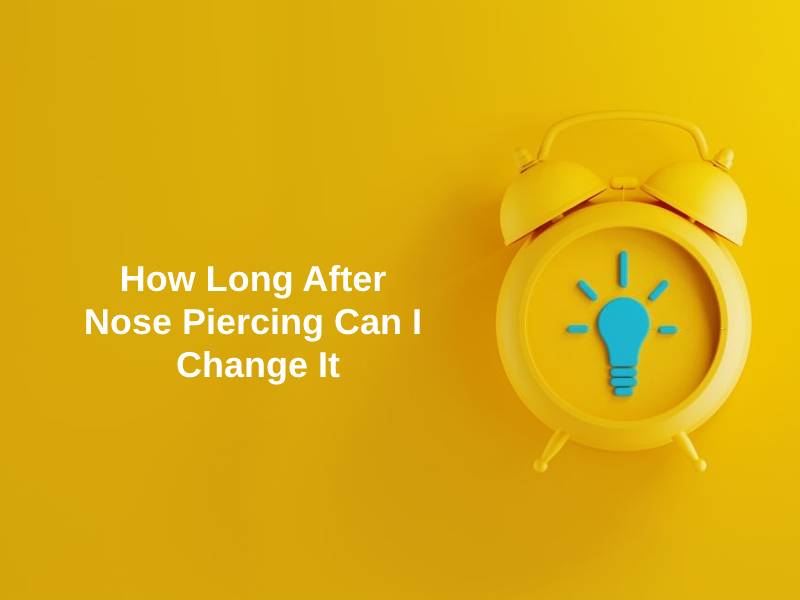




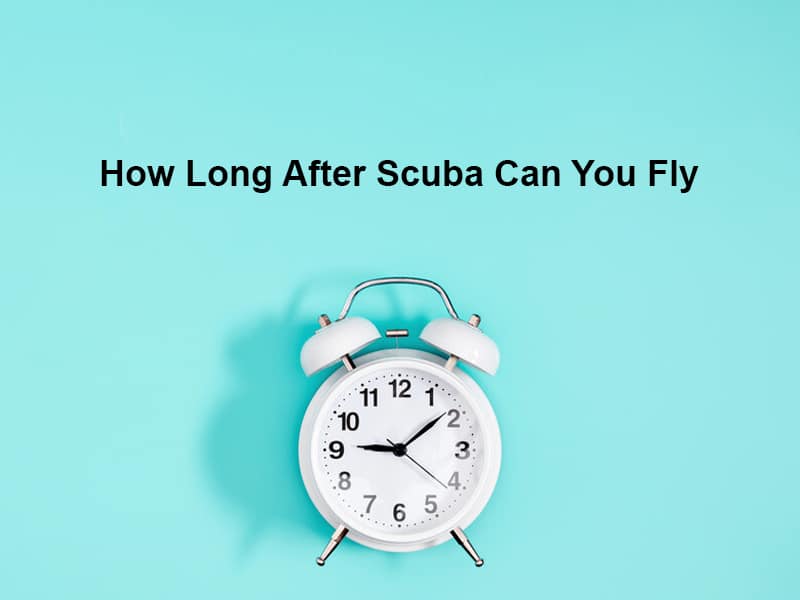




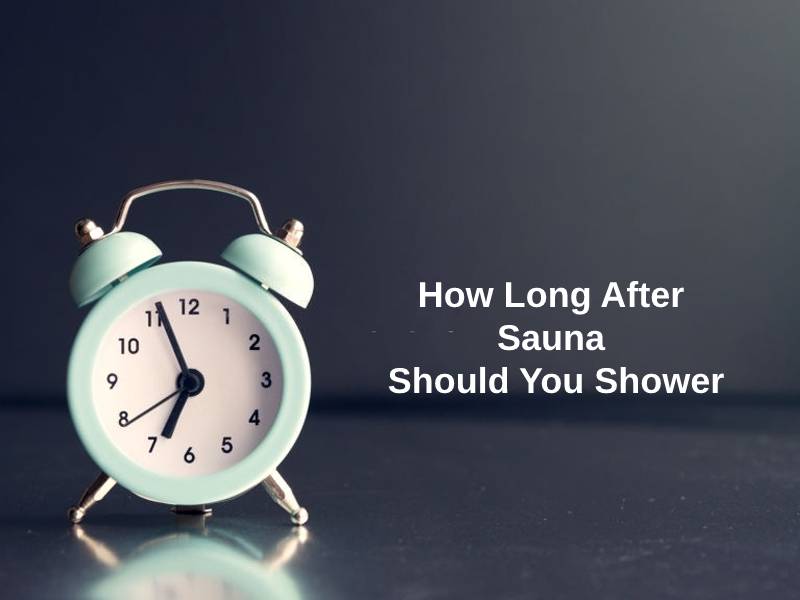





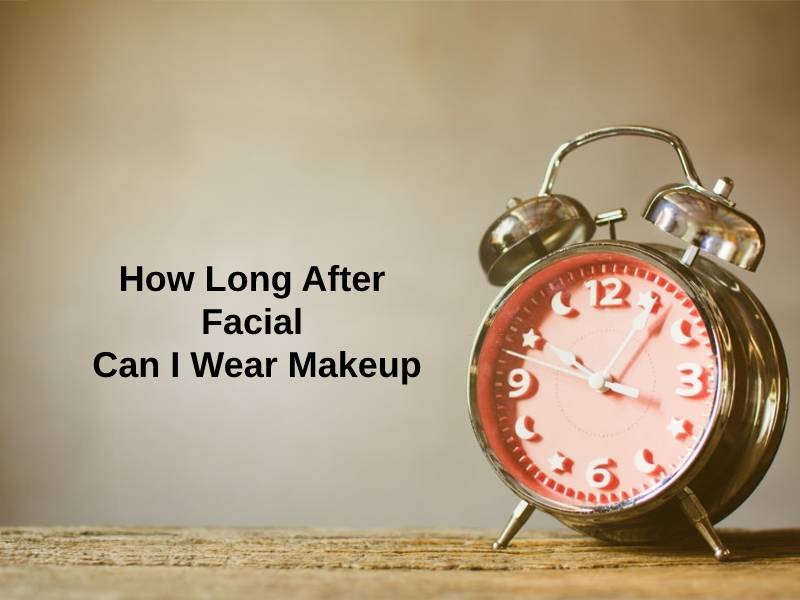

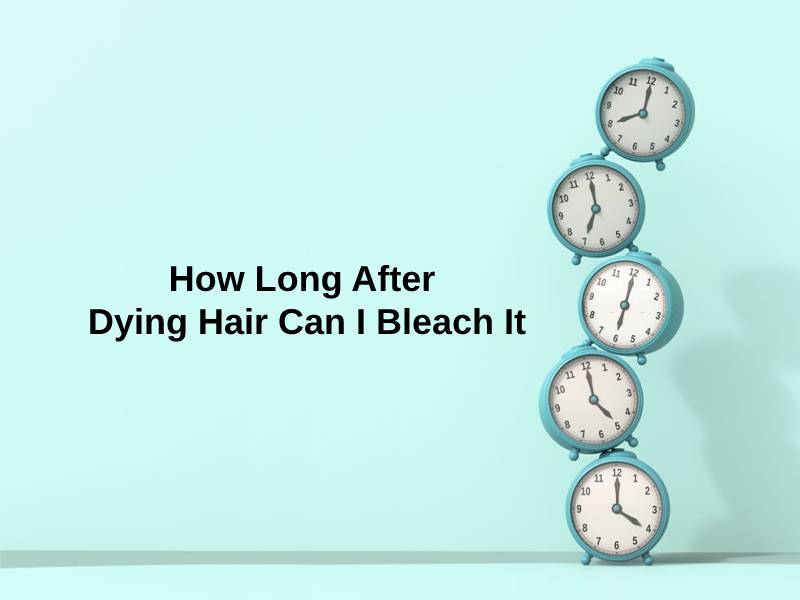
The reasoning behind the advisement to wait before swimming after a fresh piercing was presented in a clear and convincing manner. I appreciate the attention to detail in this article.
Absolutely, the risks of infection are not to be taken lightly.
I agree, the information provided here is crucial for anyone with a new piercing to understand.
This article served as an eye-opener regarding the potential dangers associated with swimming too soon after getting a new piercing. It’s a must-read for anyone considering a piercing.
I couldn’t agree more. The risks mentioned in this article are not worth overlooking.
Absolutely, this article provides valuable insights that are essential for individuals to keep in mind.
This is concerning to know that many people may mistakenly go swimming soon after a piercing without realizing the potential dangers. I hope this article reaches a wide audience to raise awareness.
I completely agree. This information should be made easily accessible to everyone considering a new piercing.
Absolutely, the risks of infection after swimming with a fresh piercing shouldn’t be underestimated.
I found this article to be very helpful. It’s great to know that waiting at least 24 hours before swimming after a fresh piercing is advisable. I will definitely keep this in mind!
Yes, the information about the preferred time frame for swimming abstinence after different types of piercings was particularly useful. Thanks for sharing!
I found the information provided here to be very compelling. It’s important for everyone to understand the potential dangers of swimming too soon after getting a new piercing.
Absolutely, this article did an excellent job of explaining the risks associated with swimming after a fresh piercing.
This was an interesting read. I appreciate the detailed explanation on why swimming after a piercing is not advisable. Very informative!
Yes, it’s always important to understand the potential risks of swimming after getting a new piercing. It’s better to be safe than sorry.
This article was quite enlightening. The explanation of how water can impact a fresh piercing makes a lot of sense. It’s crucial information for anyone getting a new piercing.
I completely agree. It’s important for individuals to be aware of the risks involved.
I’m glad I came across this article. It has made me more cautious and aware of the importance of waiting for a piercing to heal before engaging in swimming or water-related activities.
The emphasis on waiting for a fresh piercing to heal before swimming was relayed with great clarity in this article. It’s a significant aspect that should not be overlooked.
The explanation of why swimming after a piercing is discouraged was quite enlightening. I appreciate the thoroughness of this article.
I second that. It’s important to understand the potential risks to avoid complications.
Definitely, people may not realize the severity of infections that can result from swimming with a fresh piercing. This article highlights the importance of caution.